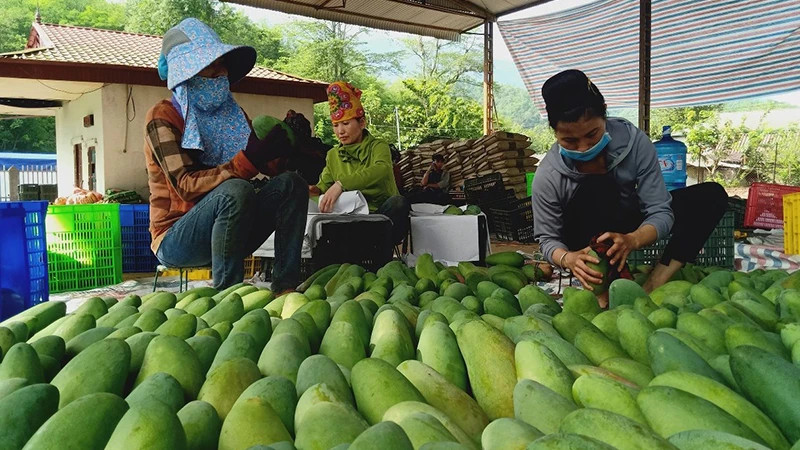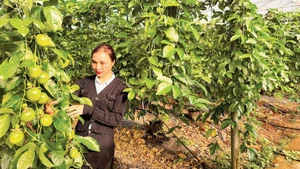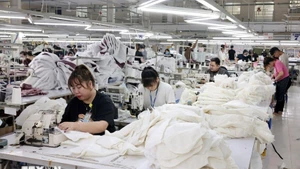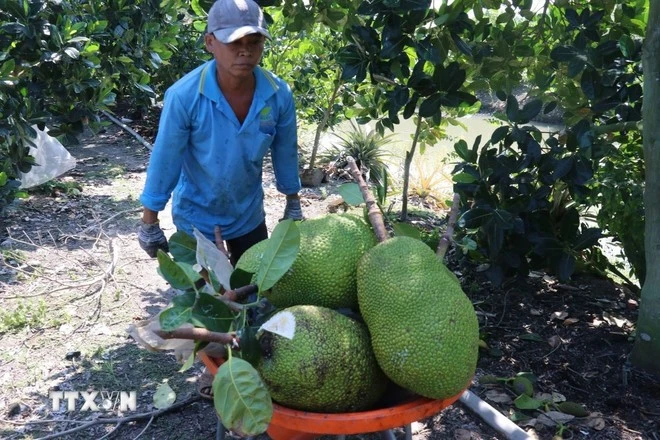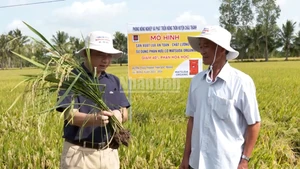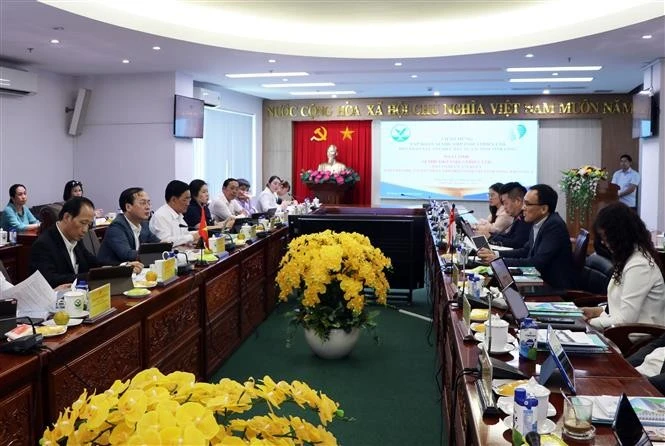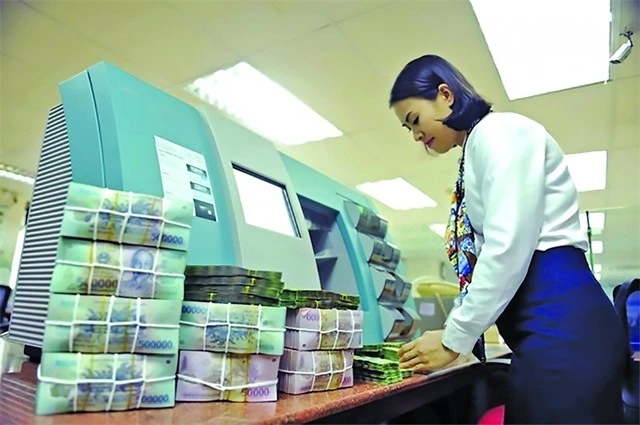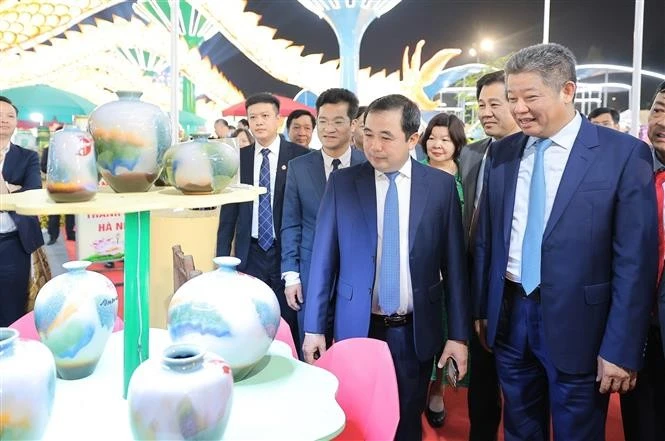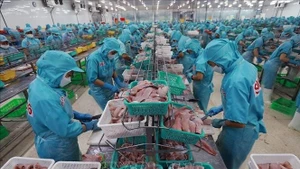Since the 1990s, alongside the expansion of maize cultivation on sloping and forestry land, fruit trees began to emerge as part of Son La’s new economic development model. However, during this time, low-yield maize continued to dominate and encroached on forest land, being cultivated widely across the province’s districts, communes, and villages.
By 2015, Son La had achieved 23,600 hectares of fruit tree plantations. However, due to limited scientific and technical advancements, most of these plantations relied on old, low-yield varieties, leading many households to abandon fruit cultivation in favour of maize and cassava by the end of 2015.
The effectiveness of a sound policy
Hoang Van Chat, former Secretary of Son La’s Provincial Party Committee (2015–2020 tenure), recalled that before the 14th Provincial Party Congress, numerous meetings were held to evaluate economic and social development models for the 2010–2015 period. These discussions identified Son La’s strengths and potential while addressing the obstacles that were hindering its progress and leaving it as a poor province.
In response, provincial leaders reached a consensus to innovate and find a suitable direction to help the mountainous region transform. The 14th Provincial Party Congress proposed seven key programmes for the 2015–2020 period, including a programme on high-tech agricultural development for production and processing, integrated with geographical indications and branding.
On November 30, 2015, the Provincial Party Standing Committee issued Conclusion No. 12, introducing guidelines for planting fruit trees on sloping land. The goal was to shift from maize, cassava, and other inefficient crops to fruit trees, making this a key task across the political system. By 2017, over 90,000 households had received government support totalling more than 18 billion VND to graft and rehabilitate fruit gardens.
To ensure the success of fruit cultivation on sloping land, Son La prioritised the establishment of agricultural cooperatives. These aimed to pool production resources and consolidate land for large-scale, concentrated farming areas, replacing fragmented household farming. This approach improved product consistency and facilitated market supply chains.
Today, Son La is home to over 300 fruit tree cooperatives, 11 agricultural science enterprises, and more than 500 agricultural processing facilities. These cooperatives have formed tight production linkages between enterprises, cooperatives, and farmers, significantly boosting both productivity and quality.
Remarkable progress
Deputy Chairman Nguyen Thanh Cong shared that the government and national organisations have recognised Son La for its breakthroughs in high-tech agriculture and fruit tree development. With VietGAP and GlobalGAP certification, the province has attracted delegations for study and research.
By prioritising fruit cultivation, Son La has effectively restructured its agricultural sector. This success stems not only from sound policy and strategic crop selection but also from calculated investments and strategic planning.
For instance, Mai Son District has expanded its fruit tree area from 1,500 hectares in 2015 to 11,500 hectares in 2024, with key crops including longan, mango, custard apple, and citrus. The district adjusted its production structure to align with market demand and climate change. Average annual fruit production exceeds 90,000 tonnes, and income per hectare has reached nearly 88 million VND.
In Moc Chau District, there are currently 101 established agricultural cooperatives, 40 of which operate within value chains. The district boasts over 10,700 hectares of fruit trees, which produced more than 61,000 tonnes in 2023. Its cooperatives, with total capital of around 169 billion VND, provide stable jobs for over 1,200 regular and 1,500 seasonal workers.
Today, Son La leads northern Vietnam in fruit cultivation and ranks second nationwide. The province maintains 82,000 hectares of fruit trees, with 63,200 hectares yielding over 378,530 tonnes annually. Many farms achieve high incomes, with custard apples bringing around 350 million VND/ha and strawberries earning 420 million VND/ha. Most fresh produce is distributed through supermarkets and exported to countries like China, Japan, and the Republic of Korea.
Sơn La has also established 280 safe food supply chains, 294 export planting area codes, and 145 VietGAP/GlobalGAP-certified production facilities. The province is advancing towards national and provincial-level branding for its agricultural products.
Over the past five years, Son La has transformed from a region reliant on maize and cassava into a fruit-growing powerhouse. Its success, described as an “agricultural economic phenomenon”, stems from the bold, innovative leadership and well-executed strategies that have reshaped its economy and created new opportunities for local farmers.
